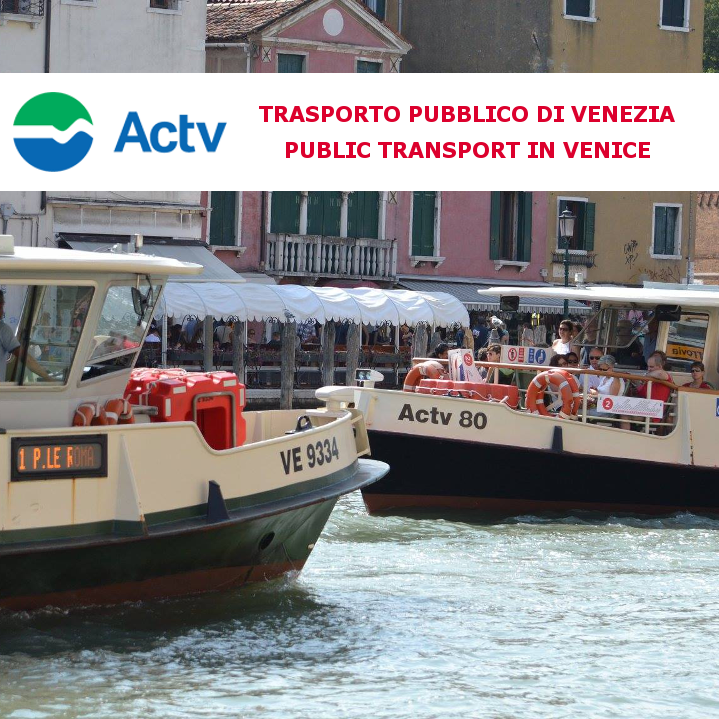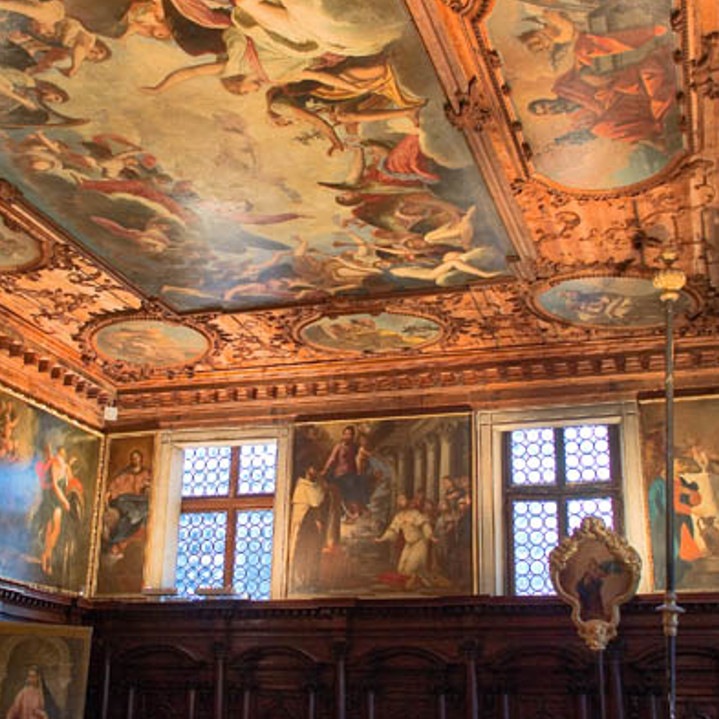You are here
The Fortifications of Campo Trincerato di Mestre

To visit one of the ancient fortifications in defence of the city - such as Forte Marghera, Forte Carpenedo, Forte Gazzera, Forte Tron, Forte Mezzacapo and the Polveriera Bazzera - is an experience that cannot be missed. Discover an original Venice, along a route of extraordinary archaeological, architectural and naturalistic interest that winds its way through the mainland and the lagoon islands. Discover the defence system that protected the city for centuries and that even today over 100 artefacts including forts, towers, powder stores, batteries can be found between the lagooandn, the coasts the mainland, a real open-air anthology of military architecture from the fifteenth to the twentieth century.

With an area of 48 hectares, Forte Marghera is the oldest and largest of the fortifications in Mestre and among the largest of the entire naval defence line of Venice (Piazza di Difesa Marittima di Venezia).
It stands in the old village of Marghera (of which the only remains are the three arches of a sixteenth-century bridge on which a military building was built right near the entrance).
The fortification is star-shaped with bastions on the terreplein (i.e. fighting platform of the rampart) where the artillery used was placed on barbettes. Its configuration is along three concentric lines of defence separated by artificial ditches filled with water from the lagoon.
The project and its construction began in 1797 under the French dominion and is repeatedly redesigned until 1814. At the base of the project is a structure suitable to cope with the effectiveness of ball-shaped ammunition used with smooth-bore artillery. With the advent of the new ogival ammunition and greater range of the artillery, it loses its tactical effectiveness and is converted to logistics. Thanks to the construction of new buildings within the area that are used as offices, warehouses, laboratories, etc. during the twentieth century, Forte Marghera takes on the appearance of a citadel and remains as such until 1995. Since 2010 Forte Marghera is owned by the City of Venice.

This fortification stands on an area that was initially the ancient forest of Valdemare, dating back over 3000 years ago, guarded by the Venetian Republic for the military Arsenal. This derelict forest starts to disappear with the construction of Forte Carpenedo (or Vallon) between 1887 and 1890. Similar to the previous twin fortresses in Brendole and Tessera, Forte Carpenedo follows the Tunkler model (Andreas Tunkler being the designer), which consists of a six-sided polygon surrounded by a moat and earth masses that entirely cover the wall structures on the front line. The fortification had to appear like an imperceptible mound of land without any tall vegetation on the horizon. The neoclassical rear access portal decorated with the emblem of the House of Savoy and the four defence moats where the machine guns were positioned to keep the moat under control are the only visible parts. Like Forte Marghera, Forte Carpenedo is also transformed into a logistics structure (it becomes a powder store) and other new structures are modified and implemented.

Forte Mezzacapo covers an area of 11 hectares, and is a rather simple construction of 123 metres by almost 16 in width at the centre and 20 at either end. It is completed in 1911 and features a long corridor crossed by a service track. After the summer of 1915 Forte Mezzacapo is decommissioned as well and is converted into a logistics structure. At the beginning of the '60s the moat is filled and the mass of earth protecting the frontline of attack is removed. The fortification is abandoned by the army just before 2000. (photo by A. Grigoletto).
This is the oldest of the first-generation Tunkler fortifications that was started in 1883 and covers an area of approximately 13 hectares. It is located between the river Marzenego and the river Dosa and until the '70s took in or discharged the moat water through a complex system of sewers and canals. It feels the effect of several design choices that are overcome by the implementation of subsequent fortresses.

Contemporary to Forte Carpenedo it substantially traces the same shape. The layout is that of the Tunkler model, however, the portal is less refined than Forte Gazzera or Carpenedo.
The fortress is located between the Cime and Lusore watercourses, and since 1996 it has become the "Provincial Oasis for the protection of flora and fauna", which is a consequence of its conversion into a depot and the years of abandonment that led many animal species to colonise the site and embellish it in terms of biodiversity.

Improperly known as a fortification, it was built as the official powder store serving the other fortifications of the Campo Trincerato (Entrenched Camp), which according to the "new" concepts envisaged removal of the ammunition depots from the fortifications. Built in 1910, it consists of two massive reinforced concrete blocks that are protected by a rampart and completely surrounded by the waters of the Bazzera drain. (photo by A. Grigoletto)
All information has been taken from Mauro Scroccaro’s, “Dalle torri ai forti: ititnerari tra le strutture difensive dell’Alto Adriatico”, La Tipografica, Basaldella di Campoformido, 2014






